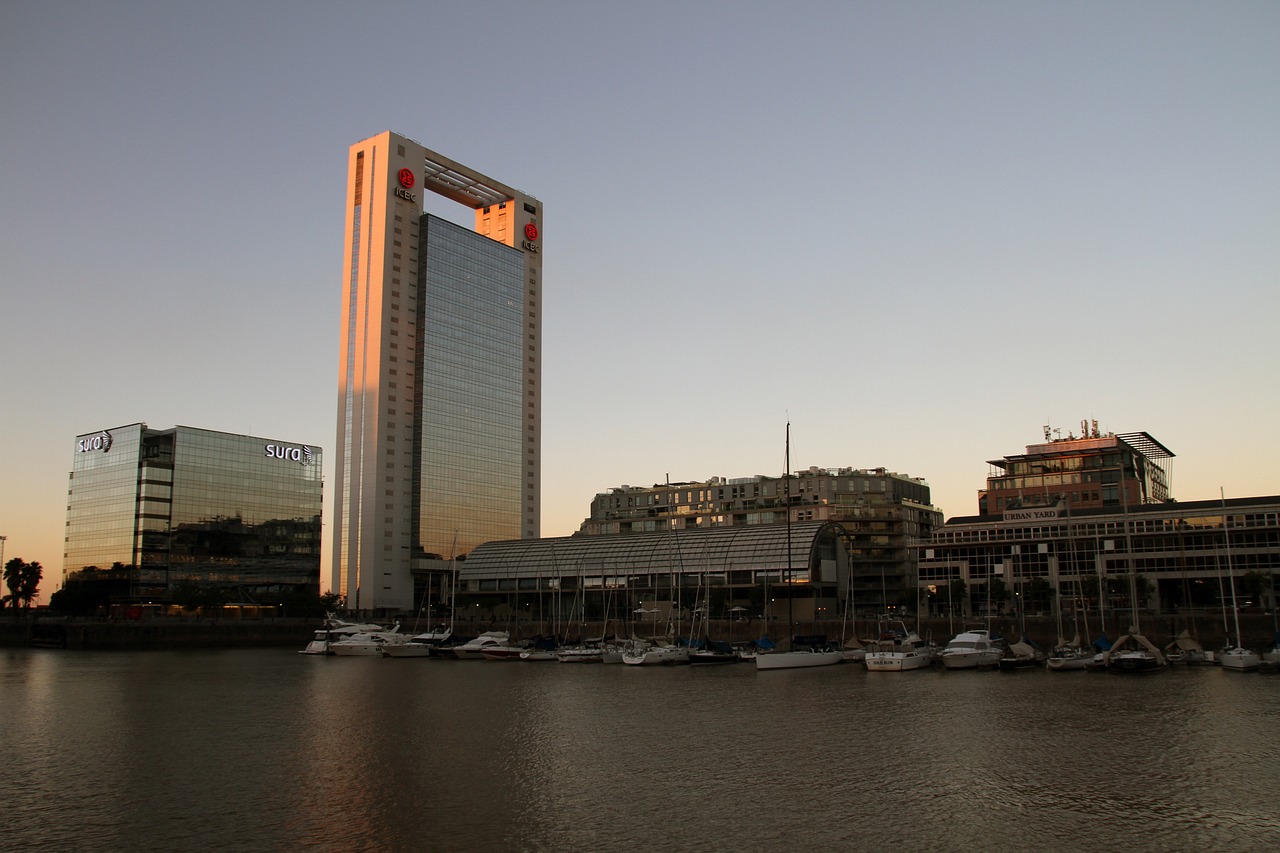Buenos Aires Argentina Video
Introduction
Buenos Aires, the capital city of Argentina, is a vibrant metropolis known for its rich culture, stunning architecture, and bustling streets. As one of the largest cities in South America, Buenos Aires offers a comprehensive public transportation system that allows residents and visitors to navigate the city with ease. In this guide, we will explore the various modes of public transportation available in Buenos Aires and provide you with all the information you need to make the most of your travels.
Metro
- Line A: The oldest line in the Buenos Aires Metro network, Line A, also known as the Light Blue Line, connects the neighborhoods of Plaza de Mayo and Carabobo. It features iconic stations with beautiful architecture, such as Perú and Pasco.
- Line B: The Red Line, or Line B, runs from Leandro N. Alem to Juan Manuel de Rosas, serving important areas like the Obelisco and the neighborhood of Palermo.
- Line C: The Blue Line, or Line C, connects Retiro and Constitución, passing through the iconic Avenida de Mayo and the trendy neighborhood of San Telmo.
- Line D: The Green Line, or Line D, is one of the longest lines in the network, stretching from Catedral to Congreso de Tucumán. It passes through popular areas like Recoleta and Palermo.
- Line E: The Purple Line, or Line E, runs from Retiro to Plaza de los Virreyes, passing through the neighborhoods of Balvanera and Almagro.
- Line H: The Yellow Line, or Line H, connects Facultad de Derecho with Hospitales, serving areas like Once and Parque Patricios.
Buenos Aires Argentina Image 1: 
Buses
- Colectivos: Buenos Aires has an extensive bus network, known as colectivos. These buses operate throughout the city, connecting various neighborhoods and landmarks. Each bus line is identified by a number and color, making it easy to navigate. Some popular bus lines include the 152, 59, and 29.
- Suburban Buses: In addition to the colectivos, there are also suburban buses that connect Buenos Aires with the surrounding areas. These buses are a convenient option for exploring the outskirts of the city or visiting nearby towns and attractions.
Subway and Bus Card
- Sube Card: To use the metro and buses in Buenos Aires, it is recommended to get a Sube card. This rechargeable card can be purchased at subway stations, kiosks, and some convenience stores. It allows for seamless transfers between different modes of transportation and offers discounted fares compared to paying with cash.
- Tarjeta Monedero: The Tarjeta Monedero is a prepaid card option for visitors who do not plan to use public transportation frequently. It can be topped up with a specific amount of money and is valid for both the metro and buses.
Taxis and Rideshares
- Taxis: Taxis are readily available in Buenos Aires and can be hailed on the street or found at designated taxi stands. They are a convenient option for door-to-door transportation, especially for late-night travel or when carrying heavy luggage.
- Rideshares: Services like Uber and Cabify are also popular in Buenos Aires, providing an alternative to traditional taxis. These rideshare apps offer a convenient and often cheaper way to get around the city.
Buenos Aires Argentina Image 2: 
Biking
- Bike Lanes: Buenos Aires has been working on expanding its network of bike lanes, making it a bike-friendly city. Many main avenues and streets have designated bike lanes, providing a safe and convenient way to explore the city on two wheels.
- Bike Sharing: The city also offers a bike-sharing program called Ecobici. Visitors and residents can rent bicycles from various stations throughout the city and return them to any other station, making it an eco-friendly and affordable transportation option.
Trains
- Suburban Trains: Buenos Aires has an extensive suburban train network that connects the city with the surrounding areas. These trains are operated by different companies and provide a convenient way to reach destinations outside the city center, such as Tigre and La Plata.
Ferries
- River Transportation: Buenos Aires is located on the banks of the Río de la Plata, and ferries offer transportation options to nearby destinations like Uruguay. Companies like Buquebus and Colonia Express provide regular ferry services for both passengers and vehicles.
Buenos Aires Argentina Image 3: 
Accessibility
- Accessibility Features: The Buenos Aires public transportation system is continually improving its accessibility features. Many subway stations have elevators and ramps for wheelchair users, and buses are equipped with ramps to assist passengers with limited mobility.
Tips for Using Public Transportation
- Plan Your Route: Before setting out, it’s helpful to plan your route using online maps or smartphone apps. This way, you can determine the best mode of transportation and the most efficient connections.
- Peak Hours: Keep in mind that public transportation can get crowded during peak hours, especially on weekdays. If possible, try to avoid traveling during rush hour to have a more comfortable experience.
- Be Aware of Pickpockets: Like in any major city, it’s important to be cautious of your belongings while using public transportation. Keep an eye on your bags and pockets, especially in crowded areas.
- Validate Your Card: If you’re using a Sube card or Tarjeta Monedero, make sure to validate it when entering the subway or boarding a bus. Failure to do so may result in a fine.
Conclusion
Buenos Aires offers a comprehensive and efficient public transportation system that allows residents and visitors to explore the city with ease. Whether you prefer the metro, buses, taxis, or even biking, there are various options available to suit your needs. By familiarizing yourself with the different modes of transportation and following some simple tips, you can navigate Buenos Aires like a local and make the most of your time in this vibrant city.
References
- www.buenosaires.gob.ar
- www.ba.gov.ar
- www.subte.com.ar
- www.buenosaires.gob.ar/ecobici
- www.buquebus.com
- www.coloniaexpress.com







